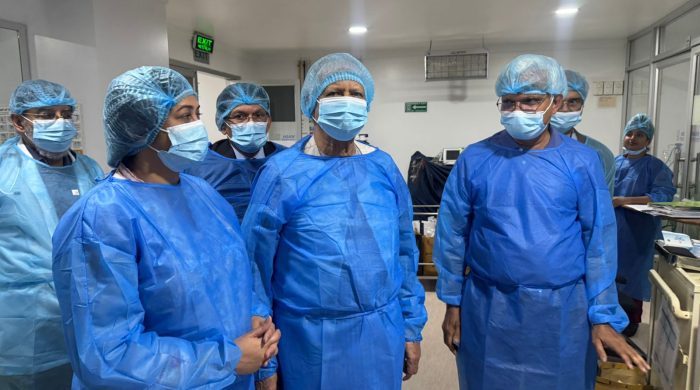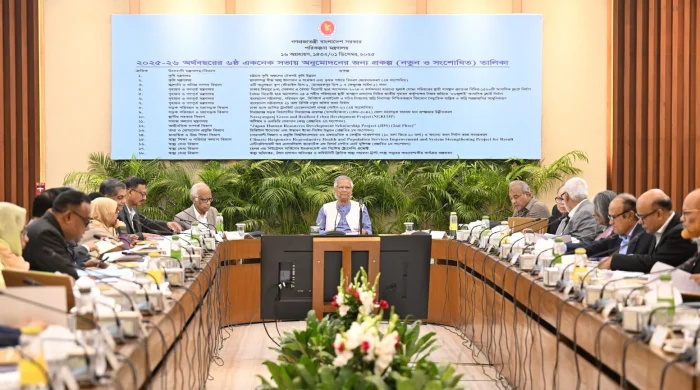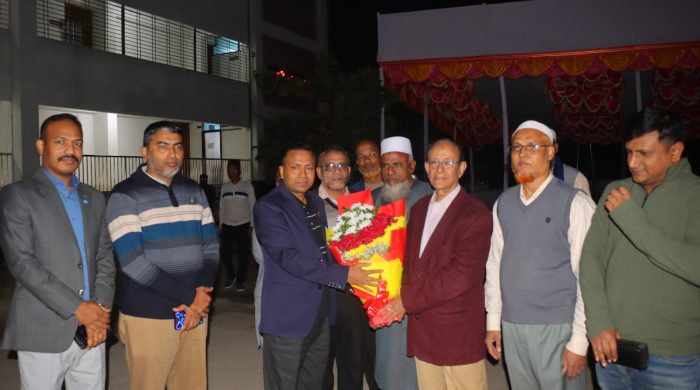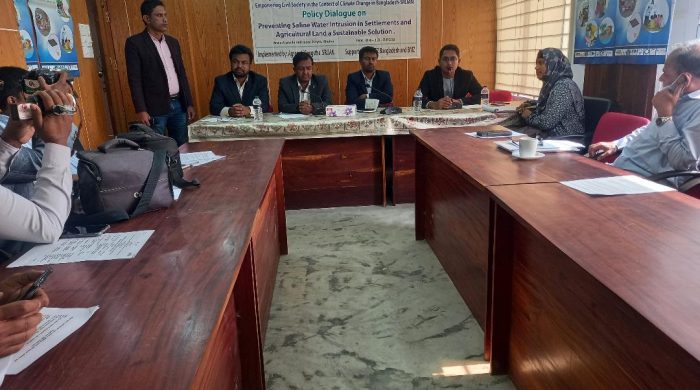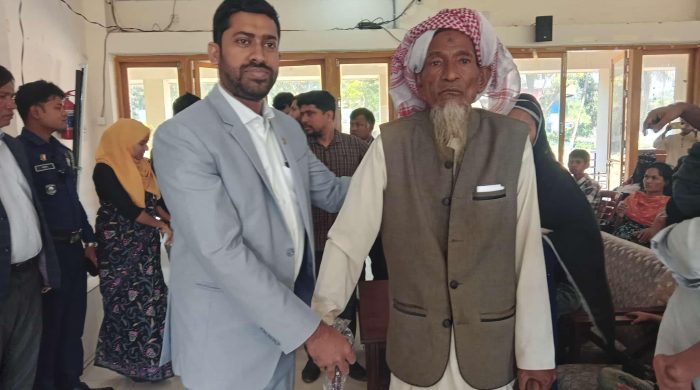Fish hunting is going on freely with china duari nets in Sunamganj : The danger of extinction of native species of fish
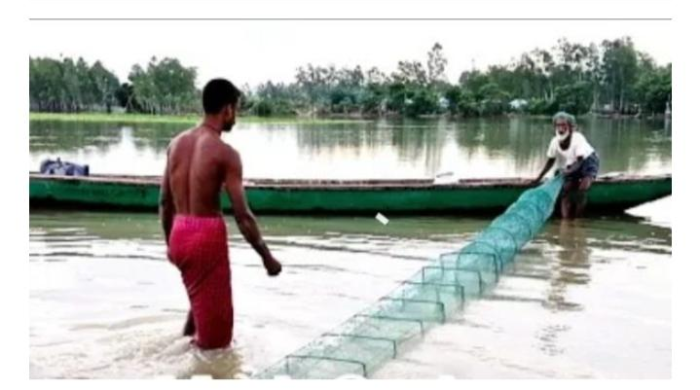
Dulal Mia, Sunamganj
Recently, Tanguar Haor of Tahirpur upazila destroyed these nets by conducting a mobile court operation – Upazila Executive Officer Suprabhat Chakma and Assistant Commissioner (Land) Asaduzzaman Roni. Even after such frequent raids, the spread of this net does not stop. Unscrupulous fishermen are roaming freely with these nets.
Shamsul Alam, a resident of Howarpar in Tangua, said, “Although the sale and use of kiranmala, current nets are prohibited, China Duari nets are cheap, light in weight and fast catching fish. The use of China Duari nets for fishing in Howar is increasing rapidly in recent times. This net is absolutely perfect. Capable of catching fish. The distance from one knot to another knot in this net is very short. Due to this, any fish once entered in it cannot come out again. Fish species are being destroyed by the free spread of Chinese double nets in Sunamganj.”
Talking to and researching with fishermen in Haor, it is easy to catch fish with china double nets among other fishing gear. This net is easily used everywhere in rivers, floodplains, haors. Round rings made of iron are worn on both sides of this net. Around 30 square rings are worn in one hand in the middle of it. There is one door between the square rings. Once fish and aquatic animals enter through these doors, they cannot come out. The special feature of this net is that it lies vertically on the bottom of the water. As a result, fish and aquatic animals enter the net from both sides without any food. 40 hands long good quality china duari net Rs 3800-3900 per piece. A little lower than this is Tk 3500-3600 per piece.Locals said, “China double net is a more dangerous trap than the current net. If strict measures are not taken to stop it, native fish of Haor will be destroyed. Regular operations should be carried out in every area of Haor area. The purchase and sale of these terrible nets and unscrupulous fishermen should be brought under strict punishment. It has to be done. This net is woven in such a way that the distance from one knot to another knot is very short. Basically, this net is woven like a mosquito net. Therefore, once the fish enters it, it cannot come out again.”When we talk to the fishermen, they say, “This net, known as China Duari, is produced in the country. But many people think that the yarn of the net is fine and fine, and the yarn of this net is imported from China. Hence, the word ‘China’ has been added to the name of the net. Special The two ends of this net are open and called ‘duari’. The size of China duari is determined by quality and length. The net is usually 50 to 100 feet long. It is one to one and a half feet wide and its knots or loops are so small that nothing but water. Can’t get out. This net is made by placing many frames of square iron rods to put in the net. It goes down to the very bottom of the river and mixes with the bottom soil. So once a fish is in the net, it can’t get out.”Haor Bachao Andolan Central Committee General Secretary Bijan Sen Roy said, “Due to the non-proper implementation of the Fishery Resources Protection and Conservation Act, unscrupulous fishermen are catching fish using the banned Chinese double nets, current nets, etc. Fish species will be lost and Haor’s aquatic fauna and biodiversity will be threatened.”
Sunamganj District Fisheries Officer Md. Shamsul Karim said, “When the fishes spread in the water for reproduction during monsoon, fish of all ages including egg-bearing fish are trapped in these nets. As the use of these nets is prohibited, they are being used secretly and covertly all over the country. The sellers of these nets will be brought under the law.”
Deputy Commissioner Didare Alam Mohammad Maksud Chowdhury said, “Legal action will be taken against those who sell and use nets harmful to the environment, aquatic life and fish. Many nets have been seized and burnt through mobile courts in different parts of the district. The operation to protect fish resources is continuing. ”





